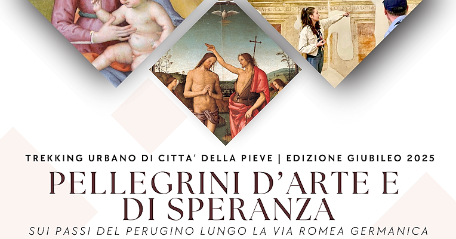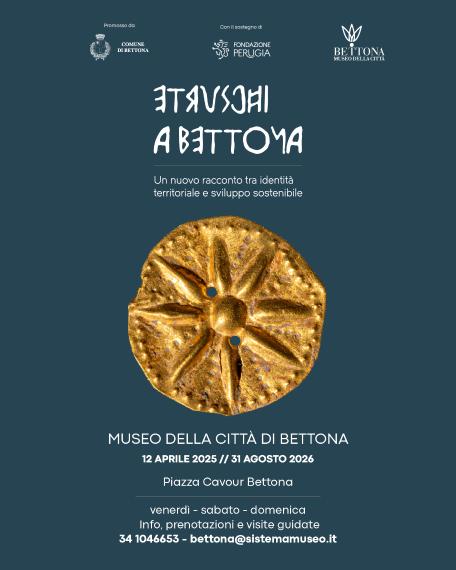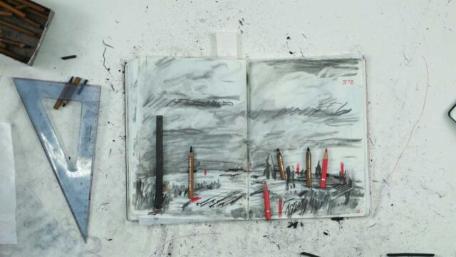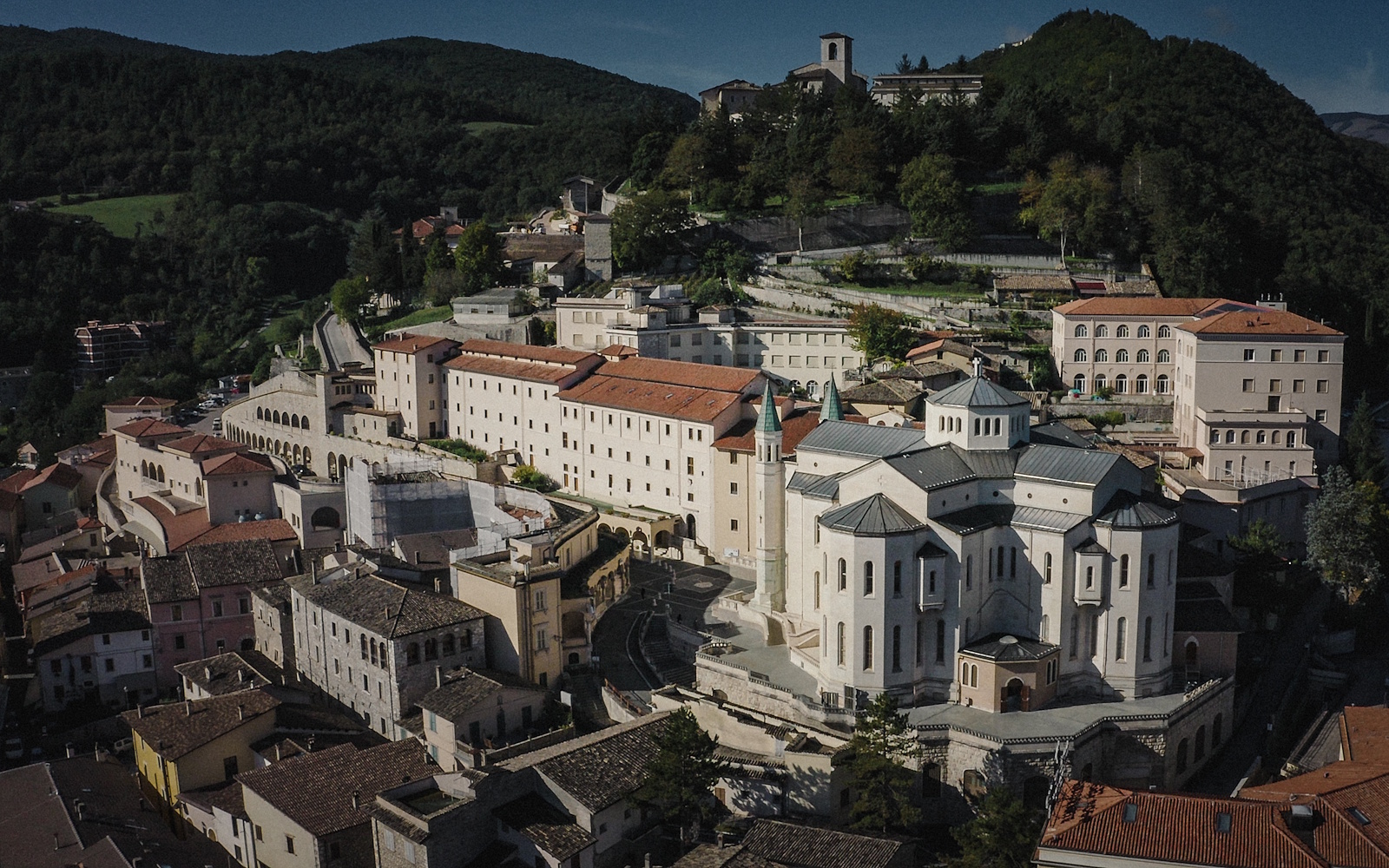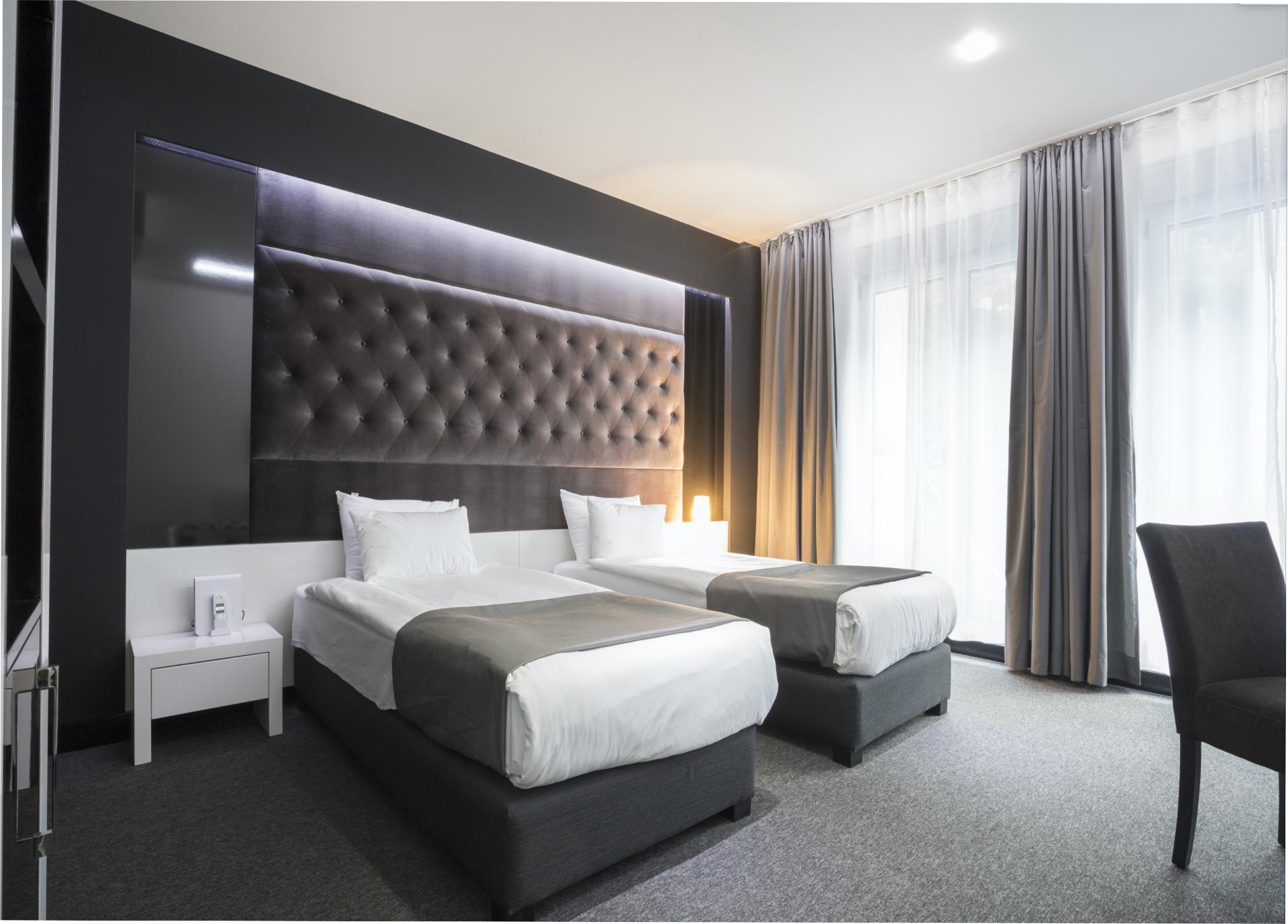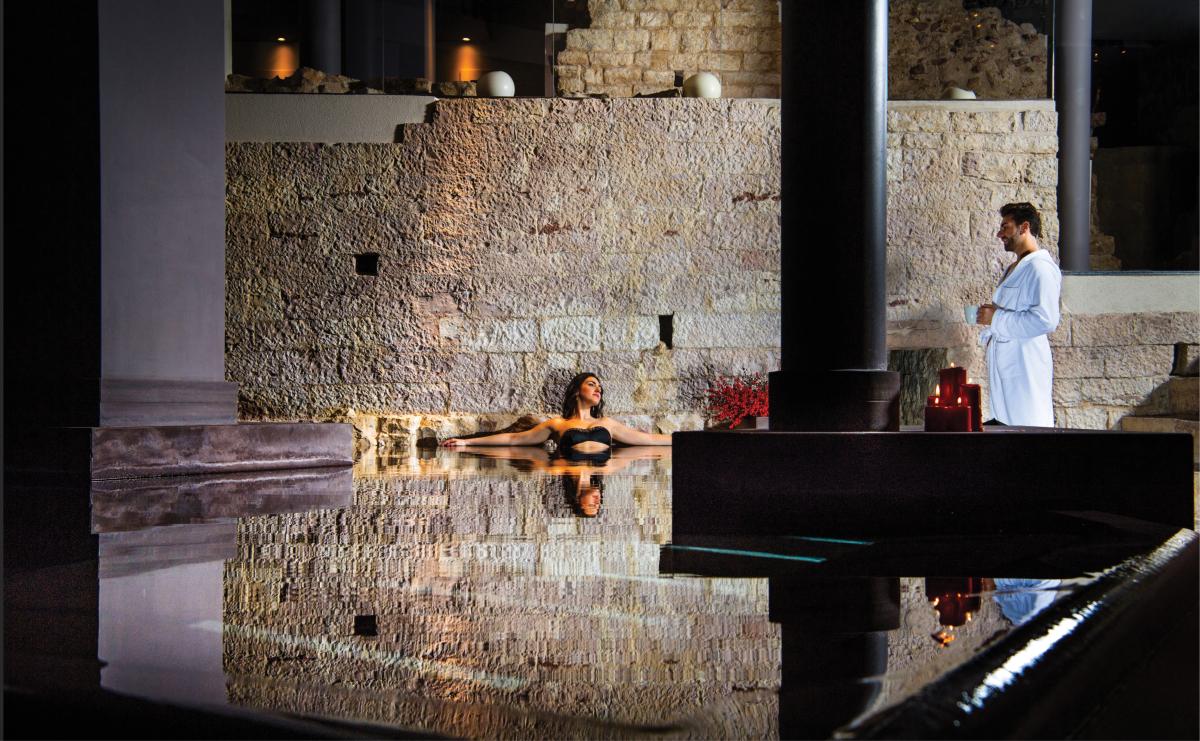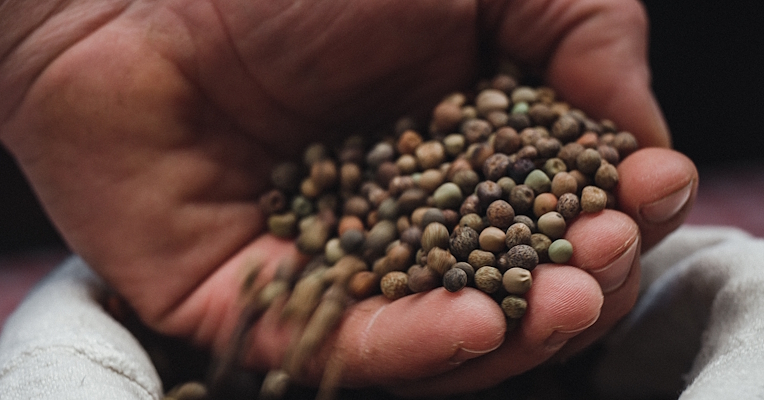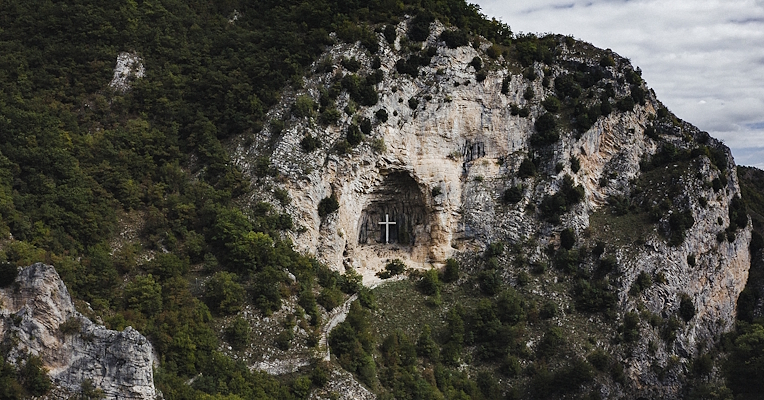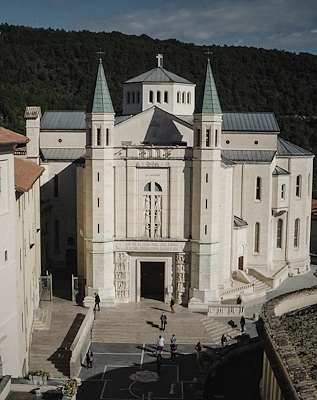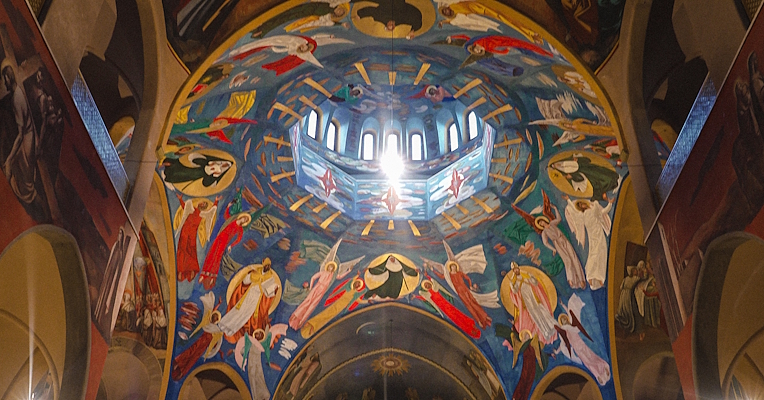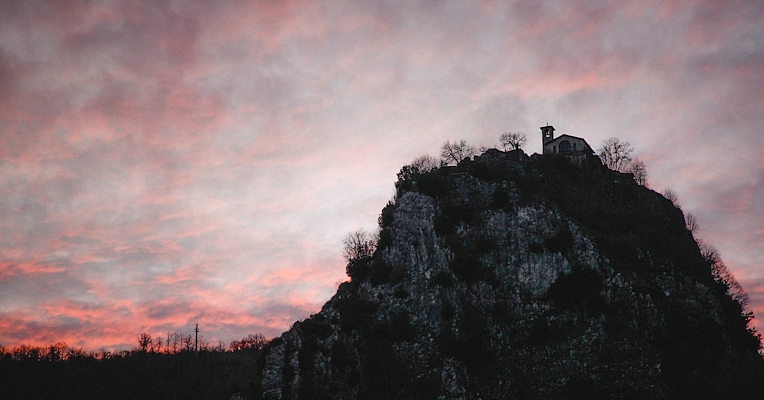Cascia is one of the most important tourist and religious destinations in Umbria, thanks to the figure of Saint Rita, one of the most charismatic female saints in Umbria who lived in the 13th century. Every year, thousands of pilgrims flock to this medieval-looking village, also known for its local products such as truffles and saffron.
A municipality with centuries of proud independence before Papal rule
Archaeological evidence shows that the area was inhabited since pre-Roman times. After the Roman conquest of Sabina in 290 BC, it was included in Regio IV – Sabina et Samnium. The first documented mention of the town dates back to 553, when it was conquered by the Byzantine general Narses during the Gothic War. It later became part of the Lombard Duchy of Spoleto.
In the 10th century, Cascia became an independent republic with its own currency. With Ghibelline leanings, it was involved in numerous conflicts with Spoleto and the Church. After being governed by the Trinci family from Foligno, it was occupied by Emperor Frederick II of Swabia in 1228.
In 1300, after a devastating earthquake, the town was rebuilt and fortified. However, in 1517, Pope Leo X ordered the destruction of the fortress – of which only some ruins remain near the Gothic Church of Sant’Agostino – placing the town under the control of the Papal States.
Treasures of art and spirituality: ancient churches and modern architecture
A religious centre filled with mysticism and spirituality due to the deep devotion to Saint Rita, the town is home to numerous places of worship with both artistic and spiritual significance:
- Church of San Francesco: Located in the main square, with an adjoining former convent. The original 13th-century building was rebuilt in 1424.
- Church of Sant’Antonio Abate and former convent: Located outside the town walls, it was rebuilt between the late 14th and early 15th centuries, then significantly altered in 1707. The church, which is part of the town’s museum network along with Palazzo Santi, preserves two remarkable cycles of 15th-century frescoes.
- Collegiate Church of Santa Maria: An ancient parish church with Romanesque traces, housing a rich collection of paintings and sacred furnishings.
- Church of Sant’Agostino: A Gothic church located at the top of the hill near the ruins of the fortress, mentioned in a papal bull from 1058, with major 14th-century renovations. Inside are beautiful frescoes from the Umbrian and Perugian schools.
- Basilica and Monastery of Saint Rita: Built in 1947, it stands over a pre-existing 16th-century church dedicated to Mary Magdalene. Inside is the cell where the saint was laid in 1457, along with the famous rose garden linked to her final miracle.
Also worth visiting are the Municipal Museum of Palazzo Santi, which holds important archaeological finds and one of the most significant collections in Italy, and Palazzo Carli, home to the town’s library and historical archive, which preserves precious parchments documenting the local history between the 12th and 18th centuries.
Roccaporena, birthplace of Margherita Lotti
A few kilometres from Cascia is the hamlet of Roccaporena, birthplace of Saint Rita. Here, visitors can explore several places related to the saint’s life, such as her birth house, which has a charming late-medieval appearance, and her marital home, which preserves a 17th-century painting commissioned by Cardinal Fausto Poli, who supported her beatification during the pontificate of Pope Urban VIII.
A popular destination for pilgrims is the Rock of Prayer, located on a solitary hilltop, where the saint would secretly go to pray. Here stand a small chapel built in 1919, as well as the Lazzaretto of the Madonna della Concezione, where the saint cared for victims of the plague.
The sites related to the saint’s last miracle are the Garden of the Miracle and the Rose Garden, where Rita’s cousin, upon her final request, found two ripe figs and a blooming rose in the middle of winter.
Roccaporena is also home to a sanctuary, built in 1948 to a design by architect Oreste della Piana, featuring a white marble portico and a three-nave interior.
The Roman temple of Villa San Silvestro: a site emerging from the mists of time
In the heart of the Chiavano Plateau, in the hamlet of Villa San Silvestro, lie the fascinating ruins of an ancient Roman temple, above which stands the modest Church of San Silvestro.
This archaeological site, studied during the 20th century and focus of recent research led by renowned archaeologist Filippo Coarelli, has revealed a settlement with over a thousand years of history: a pre-Roman settlement was affected by the Roman conquest of Sabina in 290 BC, transforming into a strategic hub along the area’s communication routes, complete with imposing temple and forum structures.
The site’s complex archaeological stratification recounts significant historical events, such as the earthquake that struck the Nursia area in 99 BC, as evidenced by numerous structural collapses. The temples were later rebuilt in such a grand manner that itsuggests the involvement of a prominent figure, possibly the Roman commander Quintus Sertorius, born in Norcia.
After a period of decline and abandonment, the site saw new life in late antiquity, with Roman buildings converted into production facilities and burial grounds, and there is also evidence of a rare Lombard hut settlement. From this forgotten chapter of history, the noble family of the counts of Chiavano seems to emerge, who would go on to play a significant role in the political and military life of the Duchy of Spoleto.
Perhaps in the future, the Villa San Silvestro site will offer more fascinating discoveries, such as the original name of this important Roman forum, which for now is still lost in the mists of time.
Events not to be missed
Between late October and early November, the city hosts the Saffron Market Exhibition, an unmissable event for all lovers of this precious spice.


















